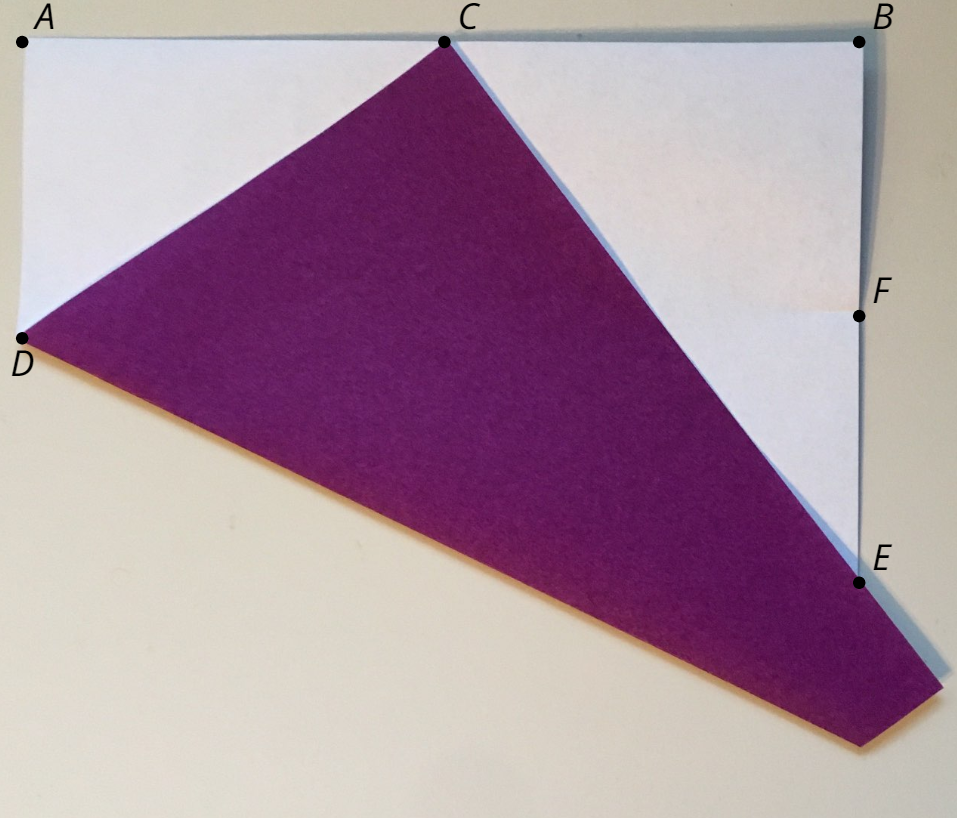Lesson 15
Finding All the Unknown Values in Triangles
- Let’s find all the unknown values in right triangles.
15.1: Which One Doesn’t Belong: Triangles
Which one doesn’t belong?
A

B

C

D

15.2: Info Gap: Similar Sequence
Your teacher will give you either a problem card or a data card. Do not show or read your card to your partner.
If your teacher gives you the data card:
- Silently read the information on your card.
- Ask your partner “What specific information do you need?” and wait for your partner to ask for information. Only give information that is on your card. (Do not figure out anything for your partner!)
- Before telling your partner the information, ask “Why do you need to know (that piece of information)?”
- Read the problem card, and solve the problem independently.
- Share the data card, and discuss your reasoning.
If your teacher gives you the problem card:
- Silently read your card and think about what information you need to answer the question.
- Ask your partner for the specific information that you need.
- Explain to your partner how you are using the information to solve the problem.
- When you have enough information, share the problem card with your partner, and solve the problem independently.
- Read the data card, and discuss your reasoning.
15.3: Relatively Reasonable

Find or make a square piece of paper. Fold the bottom left corner to the midpoint of the top edge. Label a point \(F\) at the midpoint of the segment created on the right edge, \(BE\). Prove \(F\) is \(\frac13\) of the way down the whole side of the square.

Summary

Since triangle \(ABC\) is a right triangle, \(4^2+x^2=5^2\). Since triangle \(FGH\) is a right triangle, \(y^2+\left(\frac{12}{5}\right)^2=4^2\). Since triangle \(ABC\) is similar to triangle \(FGH\), there are many equations to write using proportional relationships. We can use any combination of these equations to solve for \(x\) and \(y\).
By similarity, \( \frac 54 (y) = 4 \text{ so } y= \frac{16}{5}\). Substituting \(y= \frac{16}{5}\) into the Pythagorean Theorem gives \(\left( \frac{16}{5} \right)^2 + \left(\frac{12}{5}\right)^2=4^2\) which is true.
By the Pythagorean Theorem, \(x^2=5^2-4^2=9\) so \(x=3\). By similarity \(x = \frac{12}{5} \boldcdot \frac 54 \), which also equals 3.
Glossary Entries
- altitude
An altitude in a triangle is a line segment from a vertex to the opposite side that is perpendicular to that side.
